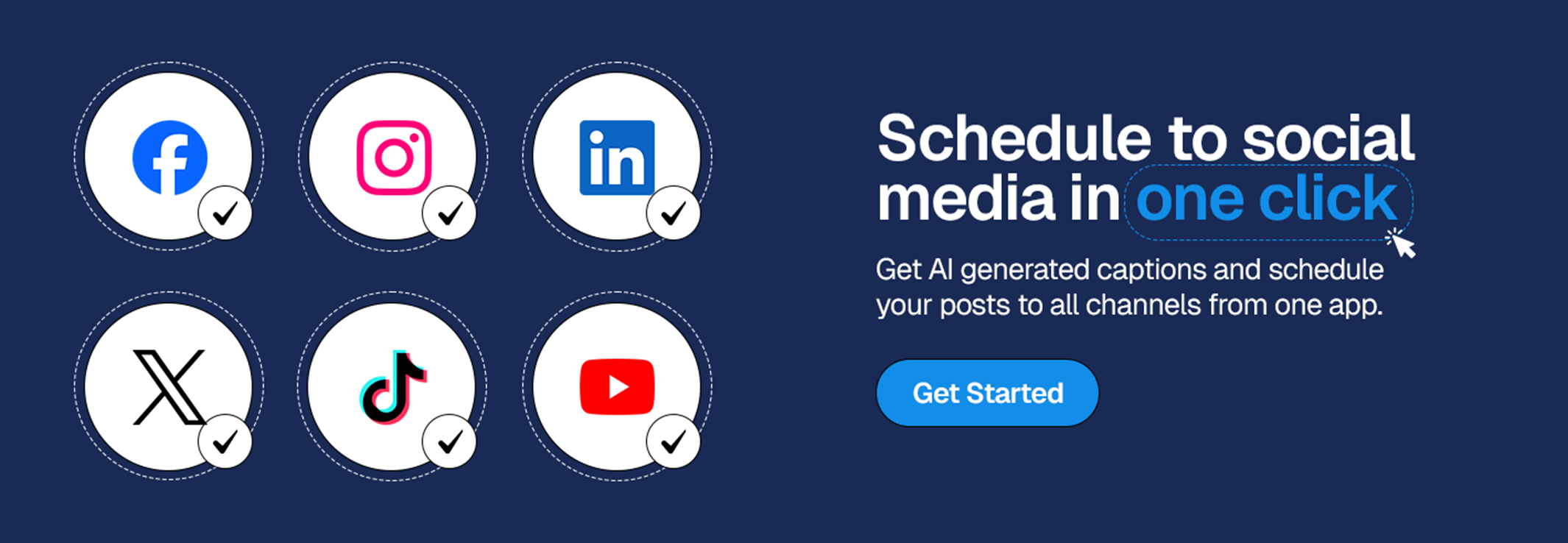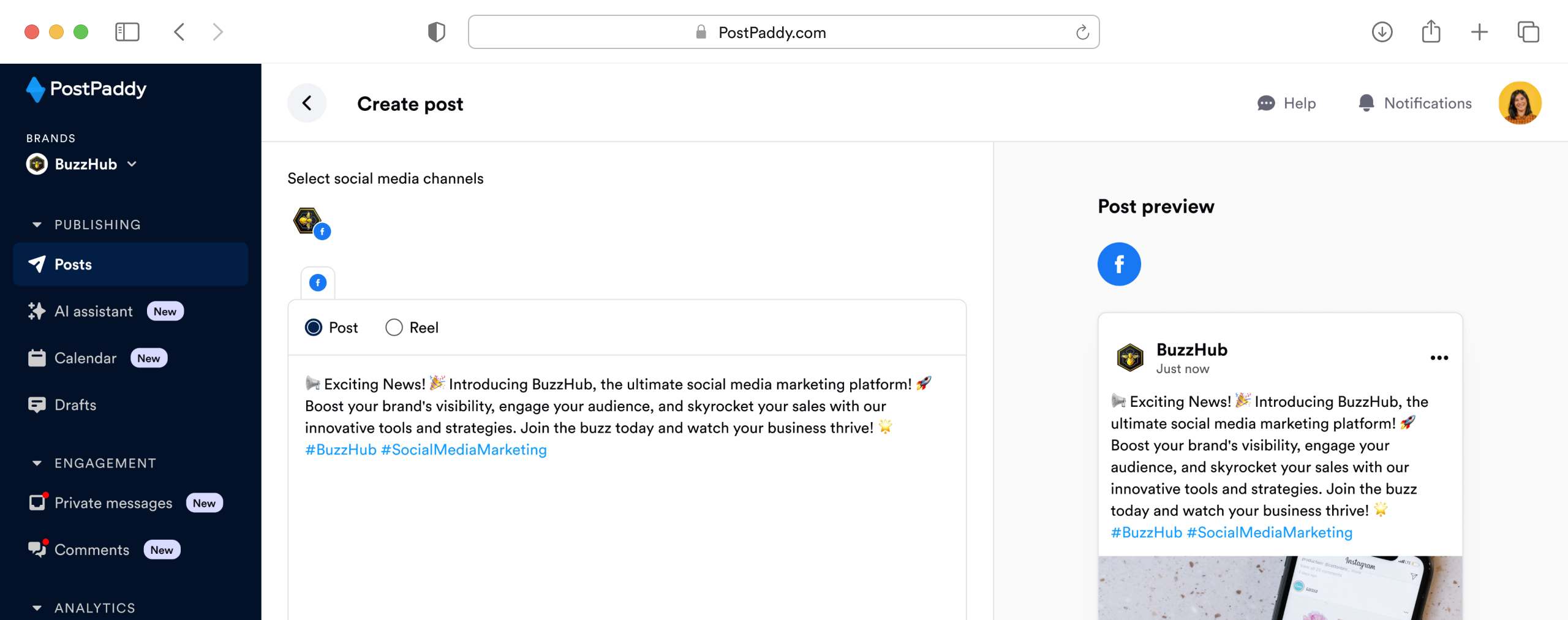
Importance Of Online Reviews For Brand Success
What’s an online business without reviews? Reviews are more than just comments—they’re your bridge to customer trust and loyalty. From reinforcing your brand’s unique qualities to shaping buying decisions, online reviews can make or break your success. Dive into five key ways reviews can elevate your brand and keep your customers coming back for more.






